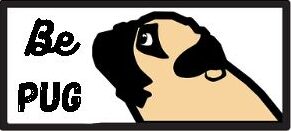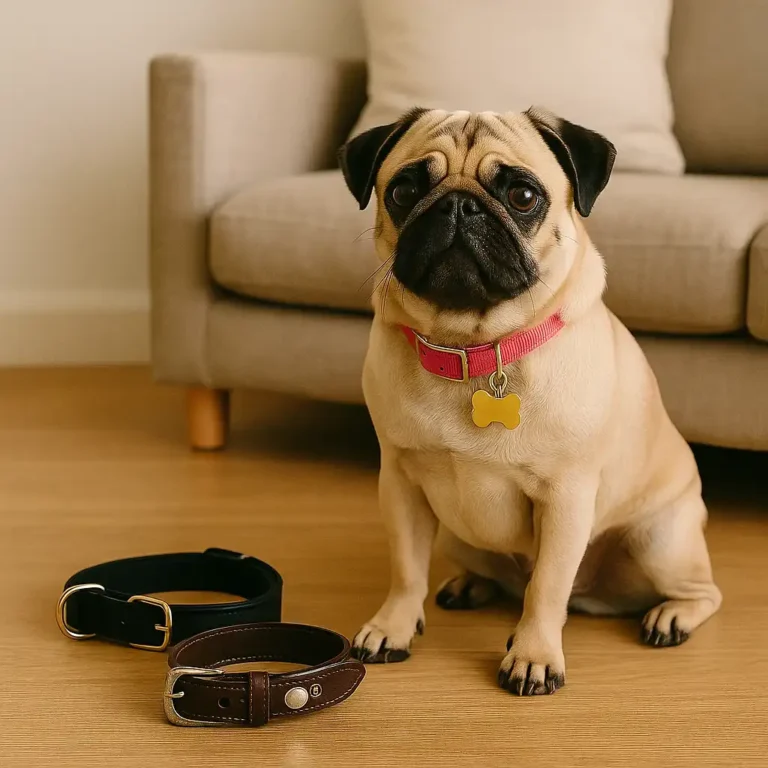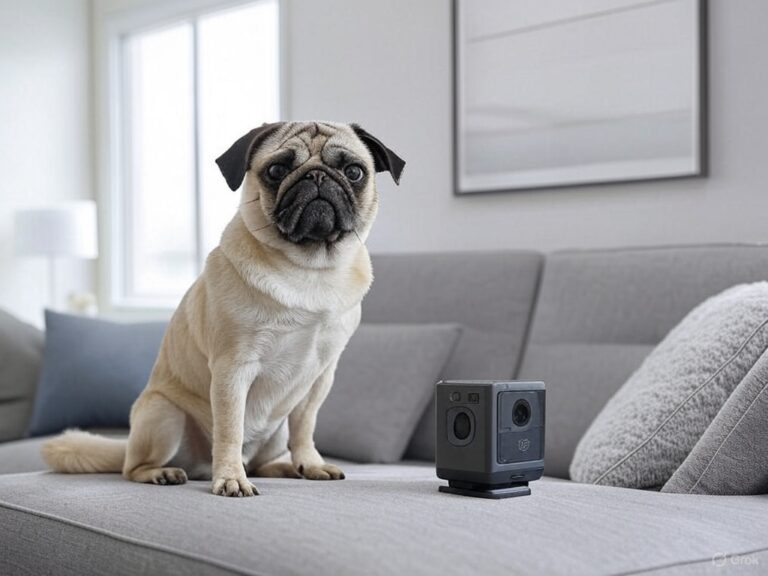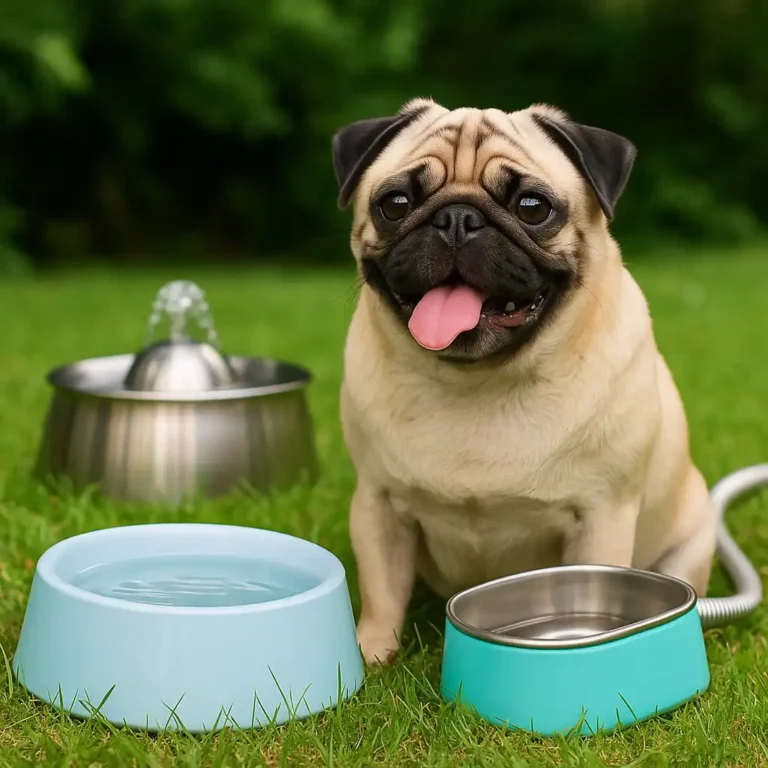Are Hands Free Dog Leashes Safe – What Pug Owners Should Know
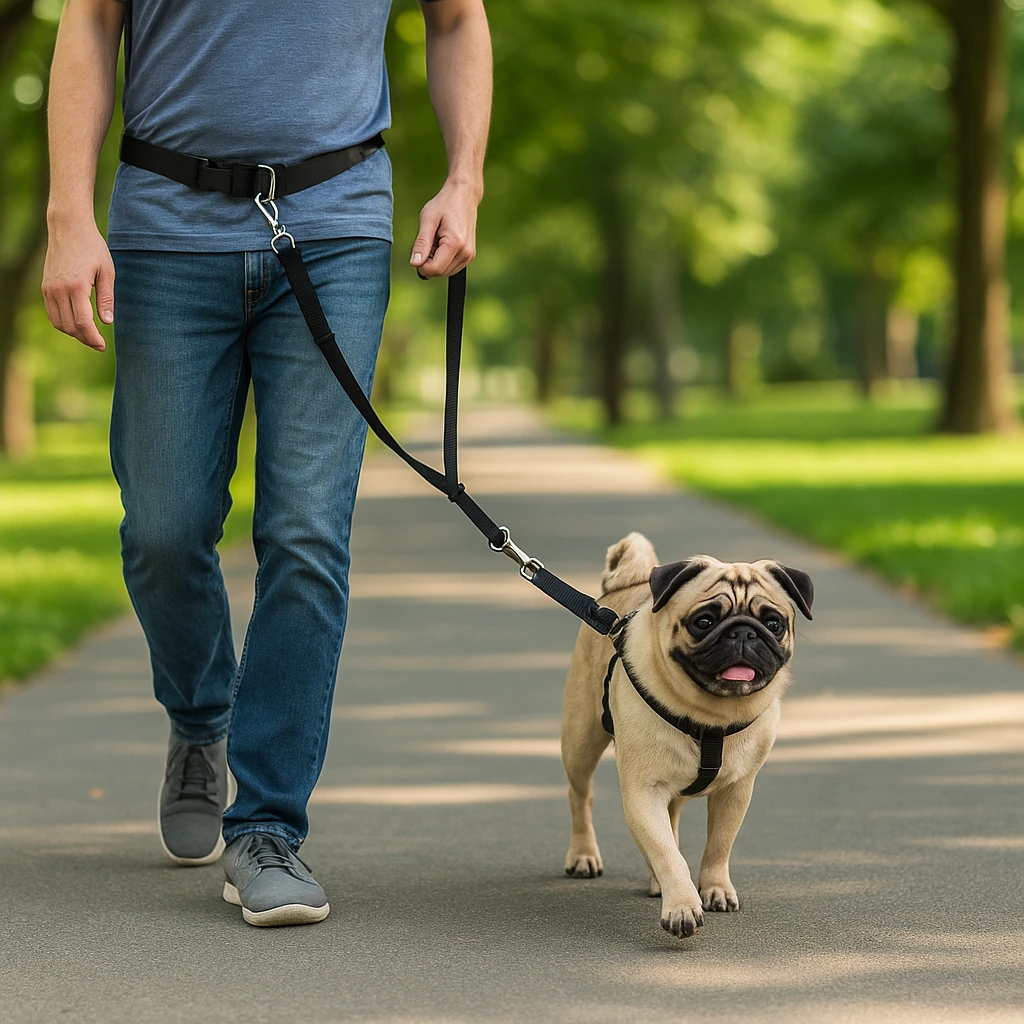
Disclosure: This post contains affiliate links. As an Amazon Associate, I earn from qualifying purchases—at no extra cost to you.
Last Updated: July 29, 2025
Walking your pug without having to hold a leash sounds convenient—especially if you’re carrying your morning coffee or juggling a grocery bag. But when it comes to safety, not all leash styles are the same, and hands-free options need a little extra thought for small, flat-faced breeds like pugs.
While hands-free dog leashes are growing in popularity, they aren’t always the right fit for every pug. Their unique breathing needs and energetic personalities can make certain setups risky if used the wrong way. Whether you’re already using one or just considering the switch, it’s worth understanding how they work in everyday pug life.
If you’re new to leash options in general, it also helps to start with a look at whether hands-free leashes are even a good fit for small dogs.
Why It Matters for Pugs
Pugs are built differently from many other breeds. That lovable flat face means they’re more prone to breathing difficulties, especially if they get too excited or overexerted. A sudden jolt from a leash clipped to your waist can put pressure on their chest—or worse, their neck—if they’re not wearing a proper harness.
Many pug owners have also noticed their pups don’t just walk in straight lines. They zigzag, stop to sniff, and sometimes dart toward things like birds or loud sounds. Without quick control, a hands-free leash could cause your pug to trip you—or themselves.
That said, when used with the right gear and in calm settings, these leashes can offer a smoother experience for both of you.
What Works for Pug Families
If your pug already walks nicely on a leash, hands-free setups can add comfort and freedom—especially for light jogs, neighborhood strolls, or when you’re out with a stroller. Just be sure to start slow and pick equipment that’s gentle and secure.
Look for:
- A bungee-style leash that cushions sudden movements
- A well-fitted no-pull harness to protect their chest and airways
- A waist belt with quick-release clips for safety and adjustability
- Leash lengths that keep your pug nearby without being too restrictive
A short practice session around the house or in your backyard is a great way to introduce this new style. Many pug owners find their dogs settle into it quickly—especially when distractions are limited.
What to Avoid or Watch For
Some hands-free leashes are made for larger breeds and don’t adapt well to small dogs. And some setups, even if convenient, could pose risks for a pug’s safety and comfort.
Skip any leash that:
- Clips to a flat collar (too much pressure on the neck)
- Uses thin or hard cords that could snap or cut into the body
- Is too long, giving your pug too much room to pull
- Comes with a belt that slips or doesn’t stay snug while walking
You’ll also want to keep an eye out for signs like coughing, panting more than usual, or resisting the leash altogether. These could be subtle signals that your pug isn’t comfortable with the setup.
When to Rethink the Setup
If your pug deals with joint issues, frequent pulling, or any sort of respiratory trouble, it might be best to hold off on a hands-free leash—at least for now. According to small dog vets and everyday pug families, not every dog adjusts easily to the hands-free style, and forcing it can lead to stress or injury.
For more excitable pugs, using the hands-free leash only during slower, low-traffic walks may be the better route. And if you ever feel unsure, check in with your vet—especially if your pug has a history of breathing trouble or gets easily overwhelmed on walks.
You might even find that rotating between leash styles depending on the day’s activities works best.
Conclusion
Hands-free dog leashes can be a safe and practical choice for pug owners—as long as they’re paired with a secure harness, used in the right setting, and introduced gradually. With a little trial and attention to your pug’s comfort, this type of leash can make daily walks a bit easier and more enjoyable for both of you.
